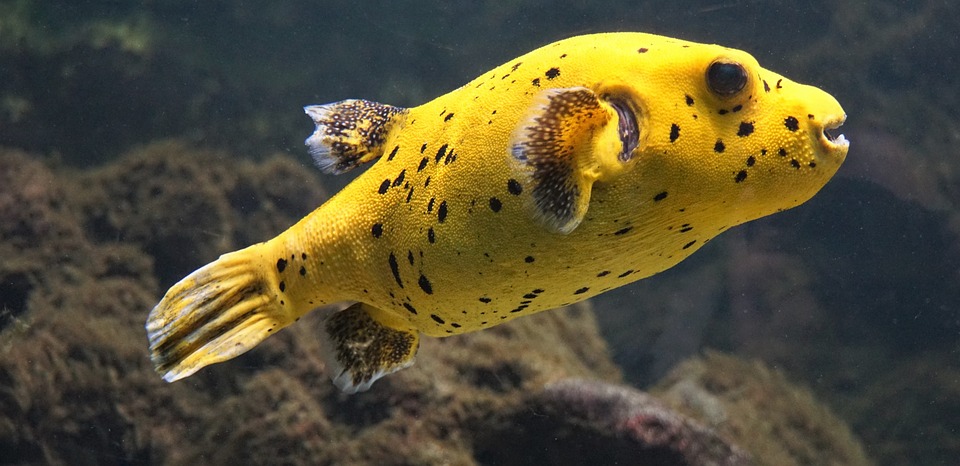Introduction:
Fish are fascinating creatures that bring life and color to our aquariums. However, just like any other living being, they can experience stress. Understanding and recognizing the signs of stress in fish is crucial for their well-being. In this article, we will explore the various indicators of fish stress and provide you with valuable insights on how to address these issues. Read on to ensure your aquatic pets lead a happy and healthy life.
I. Understanding Fish Stress
– Definition of Fish Stress: Fish stress refers to the physiological and behavioral changes that occur when fish are exposed to adverse environmental conditions or situations that disrupt their natural behavior.
– Causes of Fish Stress: Fish stress can be caused by a variety of factors, including poor water quality, inadequate tank size, incompatible tankmates, incorrect temperature and pH levels, and insufficient hiding places.
– The Importance of Addressing Fish Stress: Stress can have a significant impact on the overall health and well-being of fish. It can weaken their immune system, make them more susceptible to diseases, and even lead to premature death. Therefore, it is essential to identify and address signs of stress in fish promptly.
II. Common Signs of Fish Stress
1. Changes in Swimming Patterns: Stressed fish may exhibit erratic or lethargic swimming patterns. They may dart around the tank, constantly swim near the surface, or remain motionless in one spot.
2. Loss of Appetite: Fish that are stressed may refuse to eat or show a significant decrease in their appetite.
3. Aggressive Behavior: Stressed fish may become more aggressive towards tankmates, displaying fin nipping, chasing, or attacking behaviors.
4. Decreased Interaction with Tankmates: Stressed fish may isolate themselves from other fish in the tank and avoid any social interactions.
5. Frequent Hiding: Stressed fish may spend a significant amount of time hiding in caves, plants, or other hiding places within the tank.
6. Changes in Coloration: Stress can cause fish to change their coloration. They may become paler, darker, or develop unusual patterns or spots on their bodies.
7. Erratic Breathing Patterns: Stressed fish may exhibit rapid or irregular breathing, gasping at the water’s surface, or breathing heavily.
III. Factors Contributing to Fish Stress
1. Poor Water Quality: Fish are highly sensitive to changes in water quality. High levels of ammonia, nitrites, and nitrates, as well as imbalanced pH and temperature, can cause stress.
2. Inadequate Tank Size: Overcrowded tanks with limited swimming space can lead to stress and territorial disputes among fish.
3. Incompatible Tankmates: Keeping aggressive or incompatible fish species together can result in constant stress and aggression.
4. Incorrect Temperature and pH Levels: Fish require specific temperature and pH ranges to thrive. Fluctuations or extreme levels can cause stress.
5. Insufficient Hiding Places: Fish need hiding places, such as caves, plants, or decorations, to feel secure. The absence of hiding spots can lead to stress.
IV. How to Minimize Fish Stress
– Maintaining Optimal Water Quality: Regularly test and monitor water parameters, perform water changes, and use appropriate filtration systems to ensure a clean and stable environment for your fish.
– Providing Adequate Tank Space: Ensure that your fish have enough space to swim and establish territories. Avoid overcrowding and choose an appropriately sized tank for the species you keep.
– Choosing Compatible Tankmates: Research and select fish species that are compatible in terms of temperament, size, and habitat preferences to minimize aggression and stress.
– Monitoring and Adjusting Temperature and pH Levels: Use a reliable thermometer and pH test kit to monitor and maintain suitable temperature and pH levels for your fish species.
– Creating Sufficient Hiding Places: Add plants, rocks, and other decorations to create hiding places for your fish. This will provide them with a sense of security and help reduce stress.
V. Frequently Asked Questions (FAQs)
1. How long does it take for fish to become stressed?
The duration for fish to become stressed varies depending on the fish species and the specific stressor. However, fish can show signs of stress within hours or days of being exposed to unfavorable conditions.
2. Can stress in fish be contagious?
No, stress itself is not contagious among fish. However, stress can weaken the immune system, making fish more susceptible to diseases, which can then spread among stressed individuals.
3. My fish is hiding all the time. Is it stressed?
Yes, frequent hiding can be a sign of stress in fish. It indicates that the fish does not feel secure or comfortable in its environment.
4. What are the ideal water parameters for different fish species?
The ideal water parameters vary depending on the specific fish species. It is important to research the requirements of the fish species you keep and maintain the appropriate temperature, pH, and water hardness levels.
5. How often should I clean my fish tank to prevent stress?
Regular maintenance is crucial to prevent stress in fish. Perform partial water changes every one to two weeks, clean the tank and decorations as needed, and monitor water parameters to ensure optimal conditions.
Conclusion:
By being aware of the signs of stress in fish and taking appropriate measures, you can ensure a healthy and thriving aquarium environment for your aquatic pets. Regular monitoring of their behavior, maintaining optimal water conditions, and providing a suitable habitat will significantly reduce the risk of stress-related issues. Remember, a stress-free fish is a happy fish!









